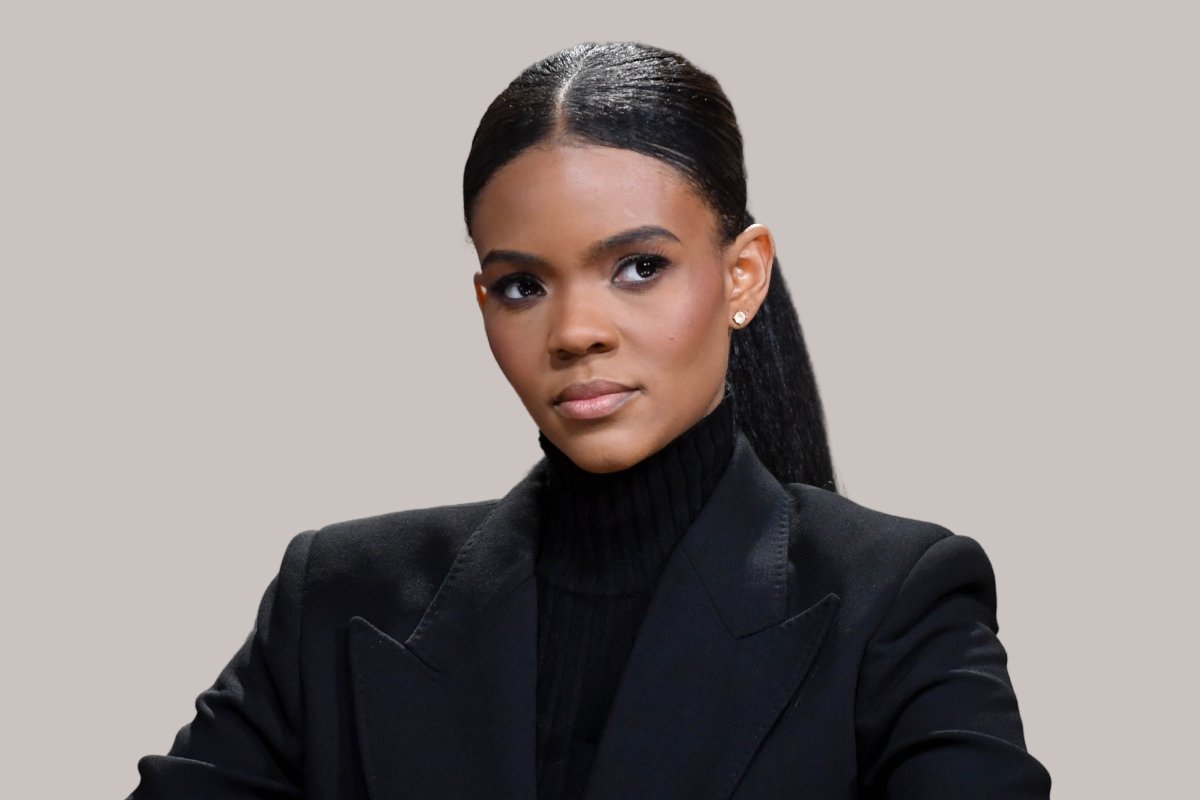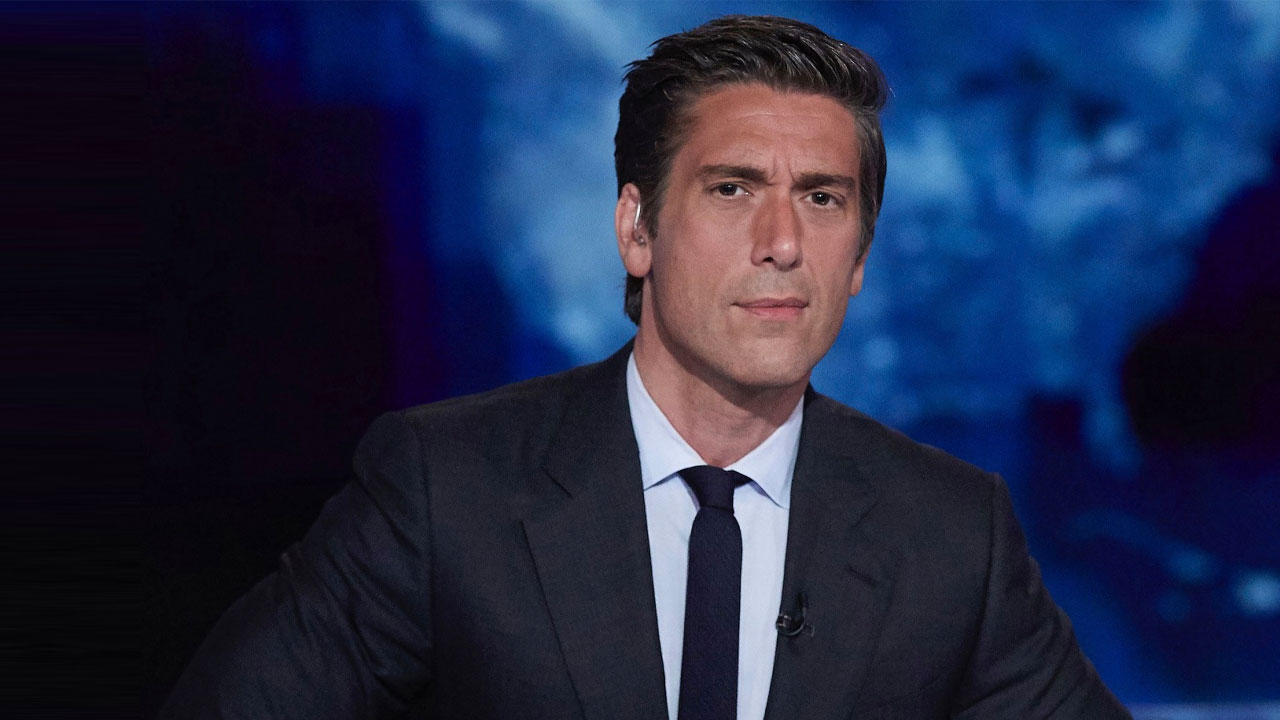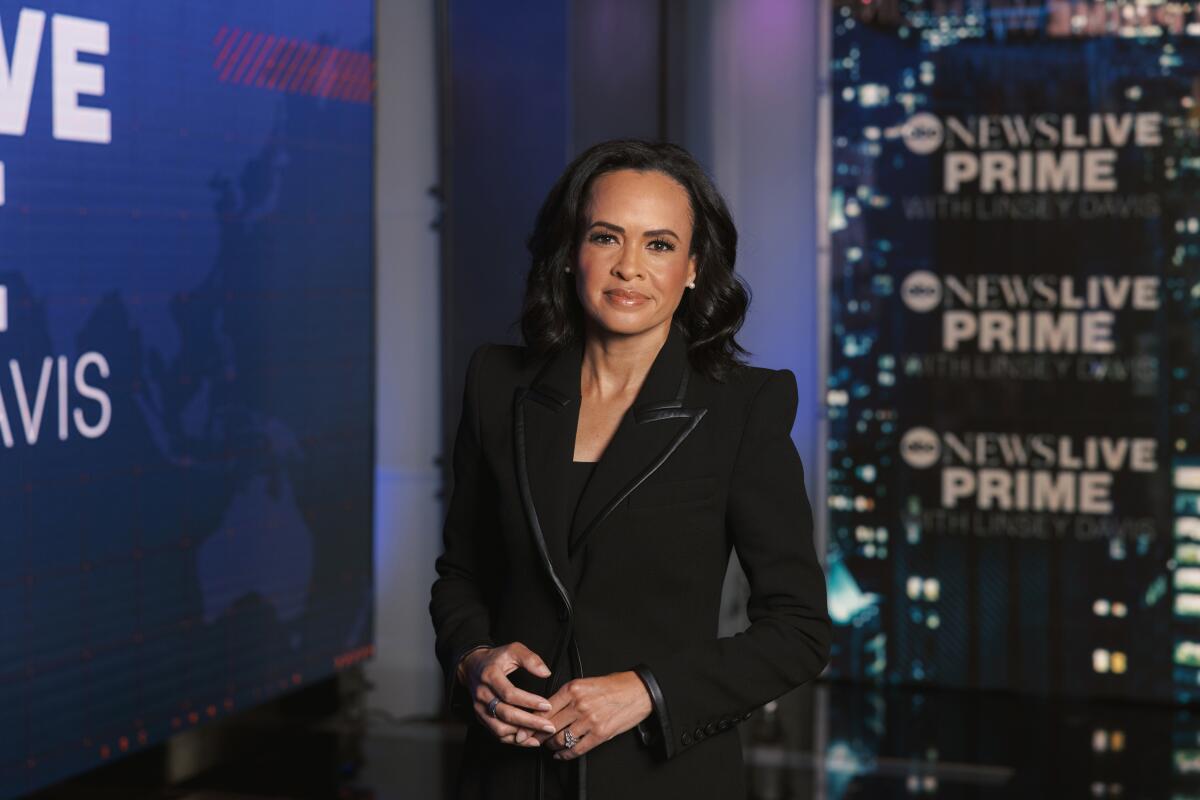In a dramatic confrontation that has ignited a media frenzy, conservative commentator Candace Owens publicly confronted ABC moderators David Muir and Linsey Davis during a live broadcast, accusing them of manipulating the truth in their reporting. The heated exchange, which has since gone viral, raises critical questions about media integrity and the pursuit of truth in journalism.
Owens, known for her provocative takes and no-holds-barred approach, stood her ground against the veteran anchors, challenging their narratives on several controversial topics. The exchange began when Muir and Davis attempted to discuss the implications of recent political events. Owens swiftly pivoted, declaring, “You are not standing with the truth, but rather promoting a biased agenda that misleads the American people.”

A Clash of Perspectives
The confrontation unfolded during a segment intended to address important social issues, but it quickly escalated into a clash of ideologies. Owens, who has built a following by critiquing mainstream media, asserted that Muir and Davis, both respected figures in journalism, often overlook essential facts to fit a narrative that aligns with their political views. “If you’re a journalist, your duty is to present the facts, not to shape them into a story that fits your bias,” she proclaimed, leaving both anchors momentarily speechless.
Viewers were left wondering whether the journalists would respond to Owens’ allegations or remain steadfast in their reporting style. The incident highlights the growing divide between conservative and liberal media figures, with each side accusing the other of misinformation. Social media quickly erupted, with fans and critics of Owens weighing in on the exchange, turning the hashtag #CandaceVsABC into a trending topic within hours.
The Broader Implications
This confrontation comes at a time when trust in media outlets is at an all-time low, with many Americans questioning the objectivity of news sources. Owens’ passionate defense of what she terms “true journalism” resonated with a segment of the audience disillusioned by what they perceive as sensationalism in news reporting. Critics argue that while Owens’ approach is bold, it often skirts the line between fact and opinion.
Media experts suggest that this confrontation may signal a shift in how public figures engage with journalists. As more personalities from diverse backgrounds step into the arena, the traditional dynamics of interviews may evolve into more combative exchanges, ultimately challenging the notion of objective journalism.
Conclusion
Candace Owens’ exposure of David Muir and Linsey Davis has undoubtedly sparked a heated debate about the role of media in society and the responsibility of journalists to present an unbiased account of events. As the fallout from this confrontation continues, it remains to be seen whether this will lead to a deeper dialogue about truth in journalism or merely fuel the ongoing partisan divide. One thing is certain: in the age of social media, every exchange holds the power to reshape public perception and influence the future of news reporting.
The aftermath of this confrontation serves as a reminder that in the quest for truth, the line between media and opinion can sometimes blur—leaving the public to navigate the murky waters of information.